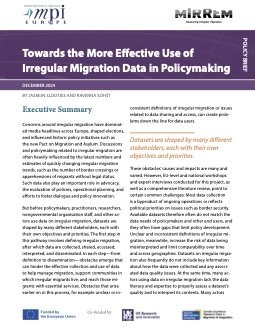By Human Rights Watch
In December 2024, Saudi Arabia will be awarded the 2034 Men’s World Cup hosting rights, which FIFA has engineered without competition. The tournament is just one of many massive, planned projects requiring immense construction under Vision 2030, such as the $500 billion futuristic NEOM city. “Die First, and I’ll Pay You Later” shows how migrant workers continue to face widespread abuses across employment sectors and geographic regions including exorbitant recruitment fees, wage theft, job immobility, inadequate heat protections and uninvestigated deaths. Saudi authorities promised labor reforms, but the report based on interviews with more than 150 migrant workers and their families shows how Saudi authorities are systematically failing to protect migrant workers and remedy abuses. Migrant workers are the human engine of Saudi Arabia’s massive construction boom. There are 13.4 million migrant workers in the country and planned projects will result in millions more. The report shows how businesses and giga-projects funded by or linked to the Public Investment Fund (PIF), the country’s sovereign wealth fund, are among those exploiting and abusing migrant workers. This blatant failure to protect workers creates a near certainty that the 2034 World Cup will come at a large human cost. The report includes recommendations to the governments of Saudi Arabia and migrant origin countries, as well as to relevant international entities including FIFA, sponsors and businesses looking to profit from Saudi Arabia’s mega- and giga-projects.
New York: Human Rights Watch, 2024. 130p.





















